If you click on a link and make a purchase we may receive a small commission. Read our editorial policy.
Here's how to read every Game of Thrones book in order while we wait for House of the Dragon season 3
Everything you need to know to read the stories that inspired Game of Thrones and its spinoffs, whether chronologically or in release order.
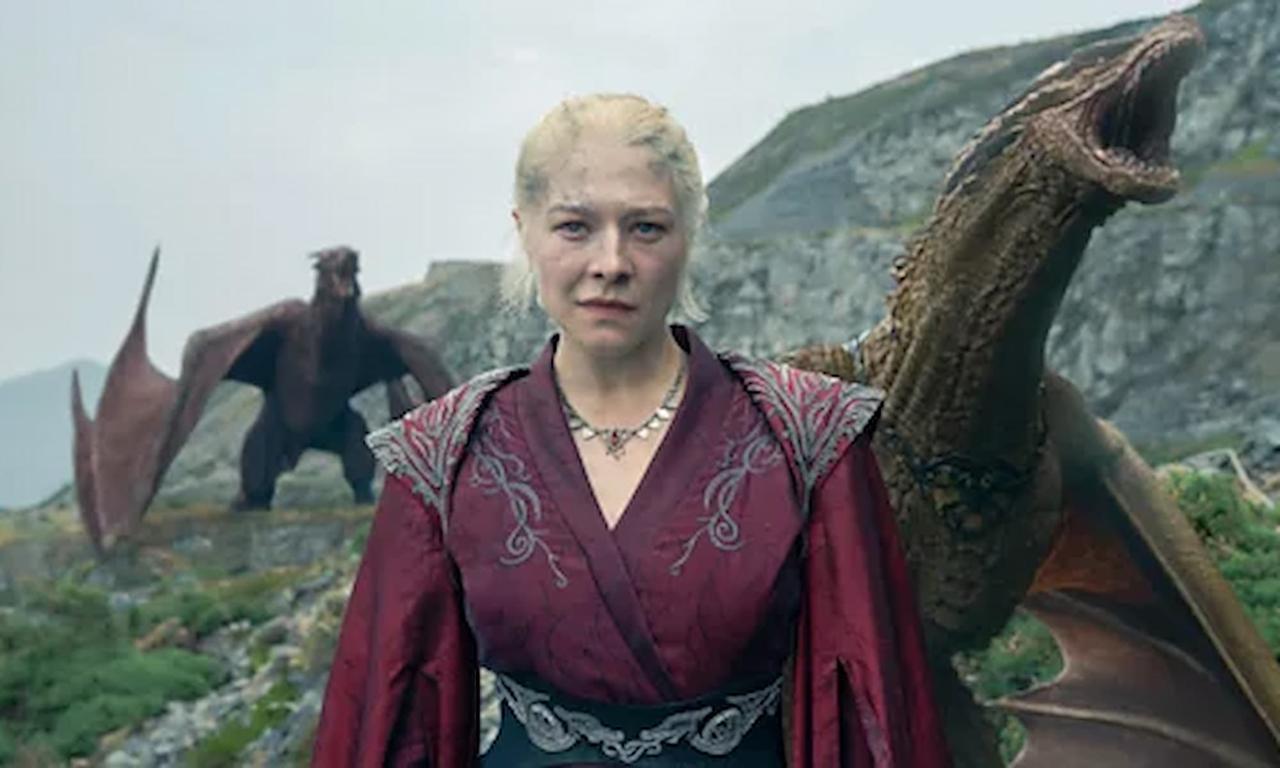
Popverse's top stories
- Welcome to 2026! Here's how Popverse will continue to be your pop culture tour guide & bestie
- How to watch Dimension 20 in order, from Fantasy High to Gladlands and everything in between
- After Stranger Things: The Duffer Bros. original plans for a sequel set in the 90s
Here we are now, in the wait between episodes of House of the Dragon - where do we turn, but to the books it is based on?
A Song of Ice and Fire (ASOIAF), the fantasy story by author George R. R. Martin that inspired the television series Game of Thrones and House of the Dragon, began with the publication of A Game of Thrones in 1996. Since then, Martin has published a variety of additional novels, novellas, and an in-universe historical text chronicling the (still-unfinished) saga of the denizens of the fictional land of Westeros, where dragons can roam the skies and winters can last for years, as they fight one another for political control of the realm amidst a looming mystical force which threatens all existence.
There are two ways you can approach reading the saga: chronological order (that is, reading the stories in the order of the events depicted therein) or release order (that is, reading the stories based on the dates the books containing them were published). This guide presents both options, along with a look at some of the ancillary publications that exist within the ASOIAF world but which don't constitute official narrative additions to the story, as well as the forthcoming novels that will (hopefully) conclude the story.
We did the same for the growing Game of Thrones universe, including House of the Dragon.
How to read Game of Thrones in chronological order
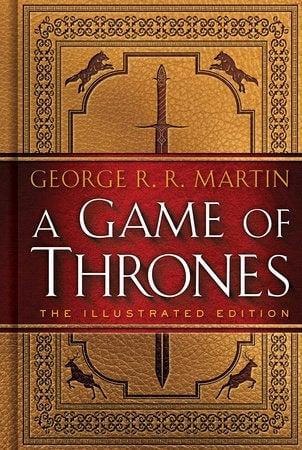
If you want to read A Song of Ice and Fire in chronological order, based on the order of events in the story, the first thing you can do is put all the main novels at the very end; they chronicle the most current events unfolding in the saga. But putting the material set before the start of A Game of Thrones in order can be a little trickier.
Fire & Blood, the immediate inspiration for the spinoff TV series House of the Dragon, is an in-universe history of the ruling Targaryen dynasty comprising three different characters' perspectives on historical events. It covers roughly 150 years of time, and overlaps with the novellas The Sons of the Dragon, The Rogue Prince, and The Princess and the Queen, each of which present a similar historical overview of events in the style of Fire & Blood, albeit for a narrower slice of time. We have listed the book covering the wider survey of history first, but you may slot it after the subsequent three novellas if you'd prefer.
After those three Targaryen history novellas and before the beginning of ASOIAF-proper comes A Knight of the Seven Kingdoms, a collection of three novellas known as the Dunk and Egg stories. Unlike Fire & Blood and the preceding novellas, these are narrative stories, written from the perspective of a hedge knight named Dunk, who takes on a young squire named Egg. The three stories chronicle their adventures as they move about Westeros, offering Dunk's services as a knight to various parties.
After that, the Song of Ice and Fire novels begin. The final two, A Feast for Crows and A Dance with Dragons, cover roughly the same period of time from the perspective of different characters, but since A Dance with Dragons moves further into the timeline than A Feast for Crows, it is listed last.
Also note: in Westeros, characters track years relative to the conquest of the continent by the first Targaryen king, Aegon the Conqueror, with the number and the abbreviation "AC" (for "after the conquest") indicating the number of years that have passed since Aegon united the Seven Kingdoms into one.
Here is the A Song of Ice and Fire chronological reading order:
- Fire & Blood (0 AC to 157 AC)
- The Sons of the Dragon (37 AC to 48 AC)
- The Rogue Prince, or, a King's Brother (103 AC to 129 AC)
- The Princess and the Queen, or, the Blacks and the Greens (129 AC to 130 AC)
- A Knight of the Seven Kingdoms (209 AC to 212 AC)
- A Game of Thrones (297 AC to 299 AC)
- A Clash of Kings (299 AC)
- A Storm of Swords (299 AC to 300 AC)
- A Feast for Crows (300 AC)
- A Dance with Dragons (300 AC)
How to Read Game of Thrones in Release Order
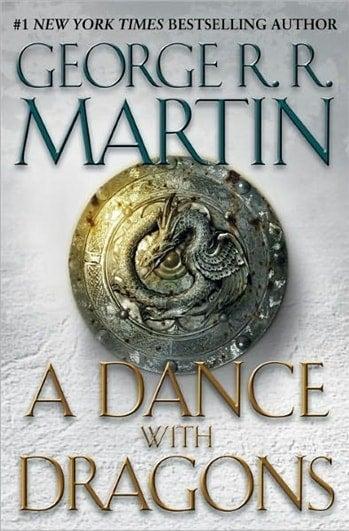
Just as with the chronological order, dealing with the main ASOIAF novels in the order of publication is pretty easy: put them at the top half of the list. After that comes the various novellas (for which we have included the anthology collection in which they were originally published), followed by the historical survey book Fire & Blood which is, to date, the last bit of ASOIAF material published by George R. R. Martin.
- A Game of Thrones (1996)
- A Clash of Kings (1999)
- A Storm of Swords (2000)
- A Feast for Crows (2005)
- A Dance with Dragons (2011)
- The Princess and the Queen, or, the Blacks and the Greens (2013, in the anthology Dangerous Women)
- The Rogue Prince, or, a King's Brother (2014, in the anthology Rogues)
- A Knight of the Seven Kingdoms (2015)
- The Sons of the Dragon (2017 in the anthology The Book of Swords)
- Fire & Blood (2018)
Guidebooks & Books Yet to Come!
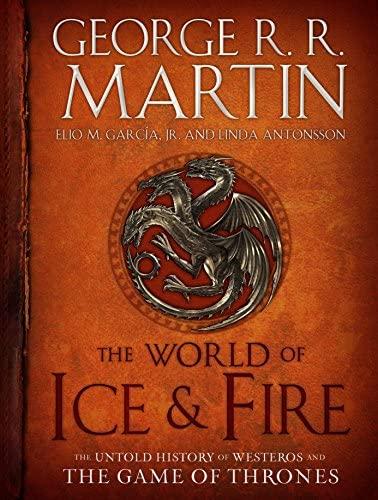
There are a few additional books in the ASOIAF world worth mentioning, both published and forthcoming.
2014 and 2022 saw the publication of two nonfiction guidebooks to the world of Westeros: The World of Ice and Fire in 2014 and The Rise of the Dragon in 2022. Though Martin gets a credit on both books, they are chiefly written by the owners/admins of Westeros.org, Elio M. García Jr. and Linda Antonsson. They are almost like a published collection of Wikipedia articles about the world of ASOIAF.
Additionally, Martin has spoken of a handful of future projects through the years, including more Dunk and Egg stories and the concluding volume of Fire & Blood, which would theoretically cover the second half of the Targaryen dynasty, from the end of the Dance with Dragons to the events which ultimately toppled them from the Iron Throne.
And, of course, Martin is also somewhat famously working towards the conclusion of the central ASOIAF narrative, with fans perpetually engaged in a kind of "Winds of Winter watch" for any news on the release of the next book in the series (to say nothing of its theoretical concluding volume, A Dream of Spring).
House of the Dragon season 2 may be over, but Popverse is still in the Westeros spirit, and we've got more Game of Thrones articles than could fit on a spiky chair. We've got everything you need to dive into the series, including:
- How to watch through the Game of Thrones/House of the Dragon saga in order
- How to read Game of Thrones in order
- The biggest differences between the two HBO shows set in Westeros,
- The history of Westeros's greatest houses & families
- Every single dragon in House of the Dragon so far
- A Knight of the Seven Kingdoms, HBO's upcoming GoT spinoff
Plus much more coming as it gets announced!
Follow Popverse for upcoming event coverage and news
Find out how we conduct our review by reading our review policy
Let Popverse be your tour guide through the wilderness of pop culture
Sign in and let us help you find your new favorite thing.









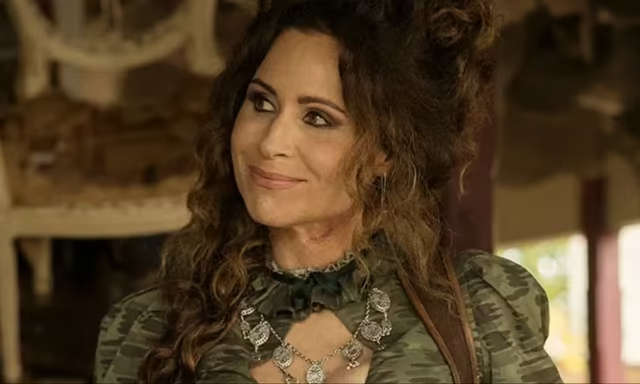






Comments
Want to join the discussion? Please activate your account first.
Visit Reedpop ID if you need to resend the confirmation email.